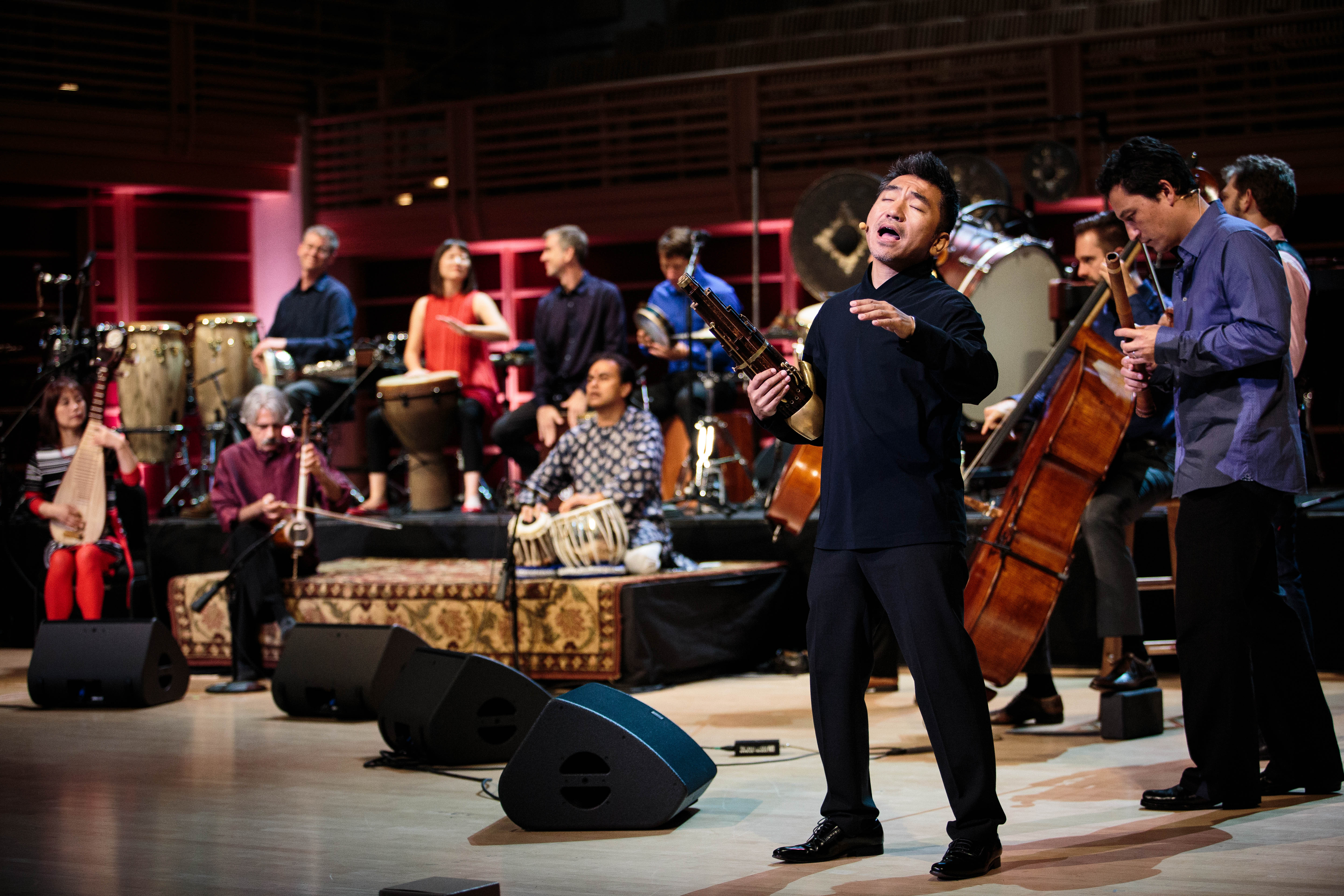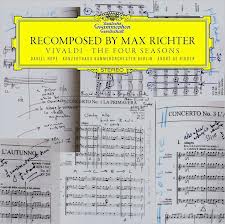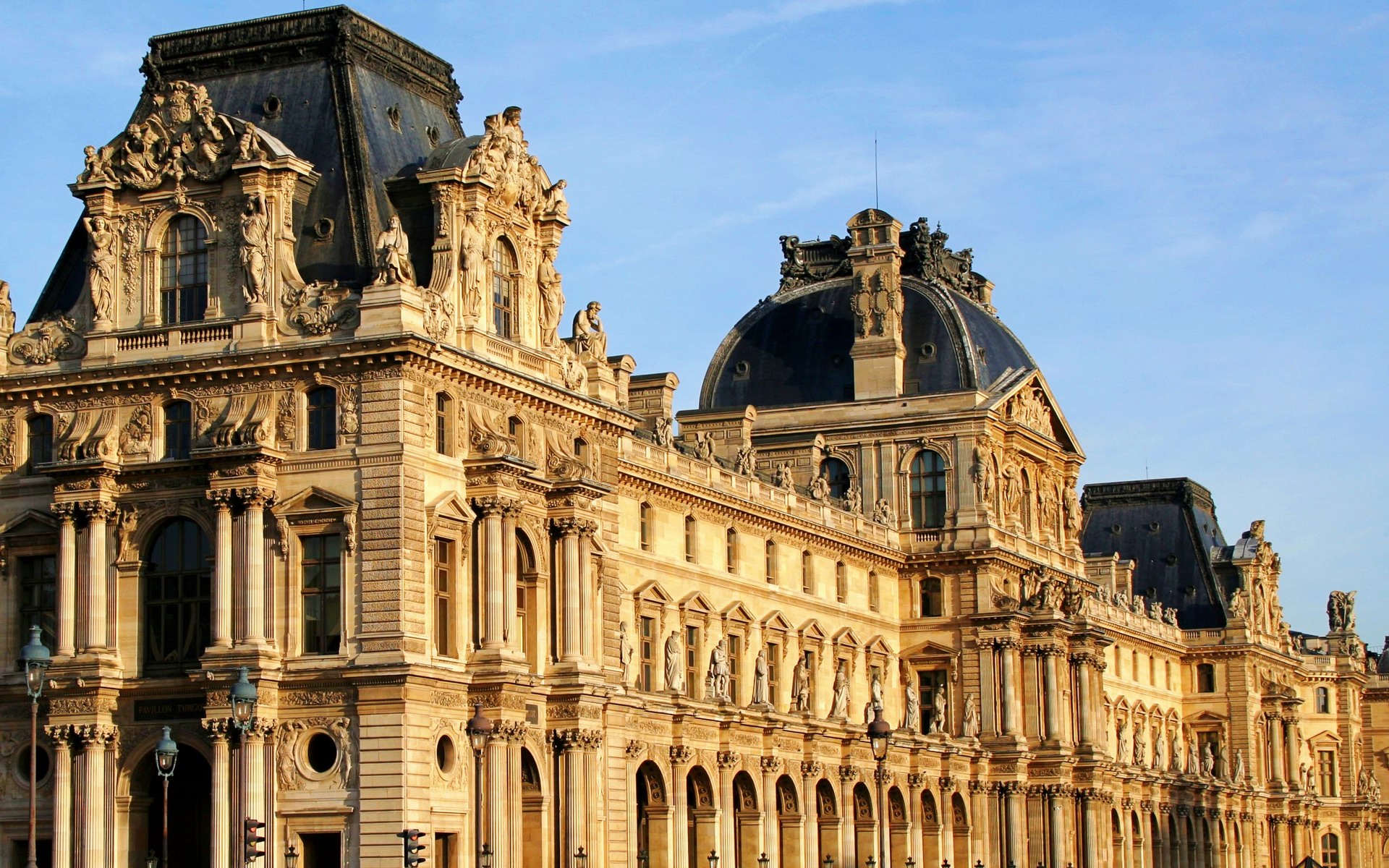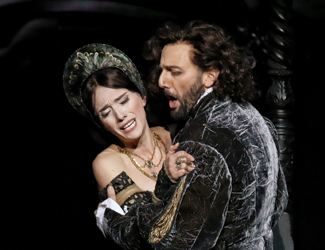Concert Review: The Silkroad Ensemble
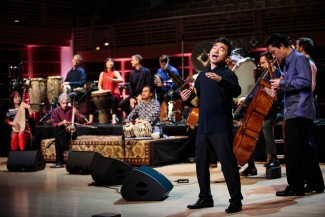
The Silkroad Ensemble,
Concert Hall, Sydney Opera House
9 March, 2019
Written by Victoria Watson
In 1998, virtuoso cellist Yo-Yo Ma launched a radical experiment in cultural collaboration, which brought together musicians from many corners of the world to co-create a bold artistic language founded in diversity that served as a metaphor for the possibility of a more connected world. The historical trading routes of the Silk Road across Europe and Asia served as a model of the fertile exchange of ideas and traditions. The ensemble now has a broad base of artists who perform and teach under the name, and Sydney was fortunate to hear nine of their finest in a single performance. Silkroad have strong philosophical and sociological convictions, highly valuing empathy and trust through their music making. This was superbly realised and shared in their Sydney performance. An overarching atmosphere of joy in listening, creating and sharing was evident in every piece performed.
The concert began with small ensembles introducing the unusual instruments and virtuosic gifts of the artists. The first was a dynamic duet for Galician bagpipes or Gaita (Cristina Pato) and Suona,a Chinese double reed trumpet (Wu Tong). The performers invested in a lively dramatic dialogue on opposite sides of the stage with music that surprised and mesmerised. Clear structures of ostinato and drone accompaniment allowed for improvised solo sections framed by a rollicking duet rondo. Both instruments featured circling exact pitches through microtones in glissandi and taking joy in finding consonance in unison and octaves after the dissonance of pitch bending.
Three hand percussionists followed immediately with simple shakers played with astonishing artistry and close-knit rhythmic ensemble. New instruments and players were then introduced with each short piece, including some wonderfully intricate tabla (Indian pitched drums) playing from Sandeep Das and Wu Tong moving to play the Sheng. Dating back as far as 1100BC, this is a Chinese “mouth organ” – a versatile and distinctive polyphonic reed and multi pipe instrument that can provide drones, ostinati, chords or solo melodic lines. It predates by many centuries modern evolutions such as harmonicas, reed organs, and accordions.
A highlight vocally was Nora Fischer’s rendition of Ravel’s marvellous setting of the Jewish Kaddish – a haunting funeral prayer. Joined by Cristina Pato (moving effortlessly from bagpipes to classical piano) and Mario Gotoh playing ethereal harmonics on viola, Fischer’s pure light soprano and flexible coloratura brought a meditative intensity to this profound song.
Instrumental highlights were almost too numerous to mention with each artist given ample room to display, reflect and explore their creativity in both solo and ensemble. The tabla playing of composer Sandeep Das in his Tarang (Currents) however was breathtaking, as he developed his rhythms from the simple to the complex in waves of mellifluous ease.
Throughout the evening, the solid foundations of Jeff Beecher’s acoustic bass (using extended extra bass strings) were impressive and the sonorities of Mike Block on a cello suspended in mid-air on a body harness to allow freedom of movement and interaction were beautiful and melodically innovative. Shane Shanahan amazed with the breadth of tone colour and polyrhythmic complexity he achieved with a tambourine.
The Sheng featured again in the life-affirming wit of a popular encore piece that introduced a local Chinese Australian master of the Suona who joined with Wu Tong on the Sheng, imitating Australian birdcalls and playfully echoing each other’s improvised melodies. This was an inspired addition to the programme and a great reward to the audience who relished a piece so full of the hallmark joy and ingenuity of music making of The Silkroad Ensemble.
Victoria Watson for SoundsLikeSydney©
A graduate of Melbourne university and VCA, Victoria Watson appeared regularly as a soprano with the Victoria State Opera and has toured and served as artistic director of many chamber ensembles.
She has performed with Sydney Symphony Orchestra and for ten years, was artistic director of a major opera education project with Opera Australia. Since 2015 she has moved into directing opera including Mozart’s Cosi Fan Tutte at the Independent theatre.
Victoria has lectured in voice at the major universities in Melbourne, and is currently a tutor at UNSW. Having taught at major Sydney secondary colleges, she now runs a busy private singing studio. She is a published author on opera and a popular freelance music and theatre lecturer and advocate for Australian artists around the world.

